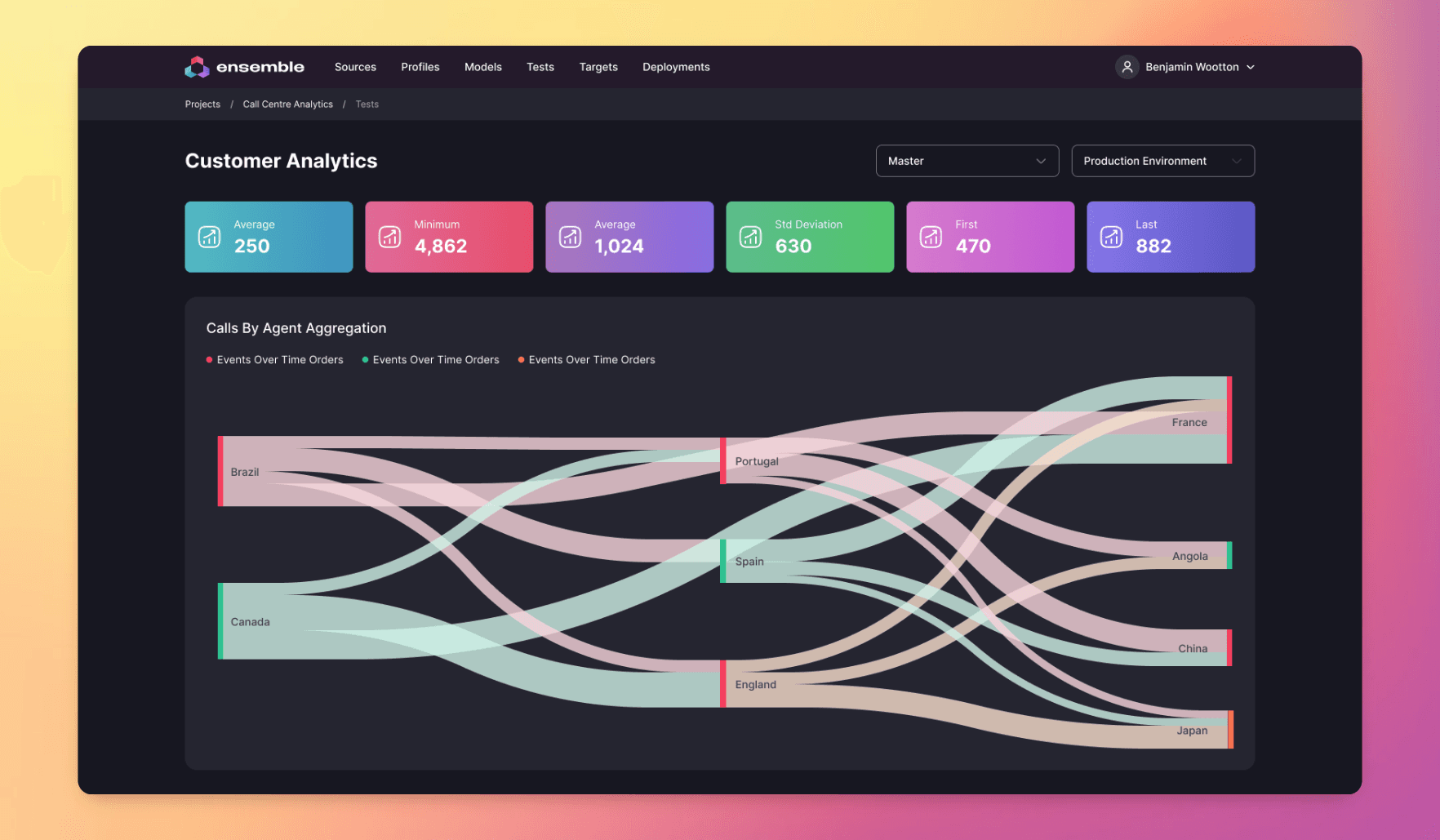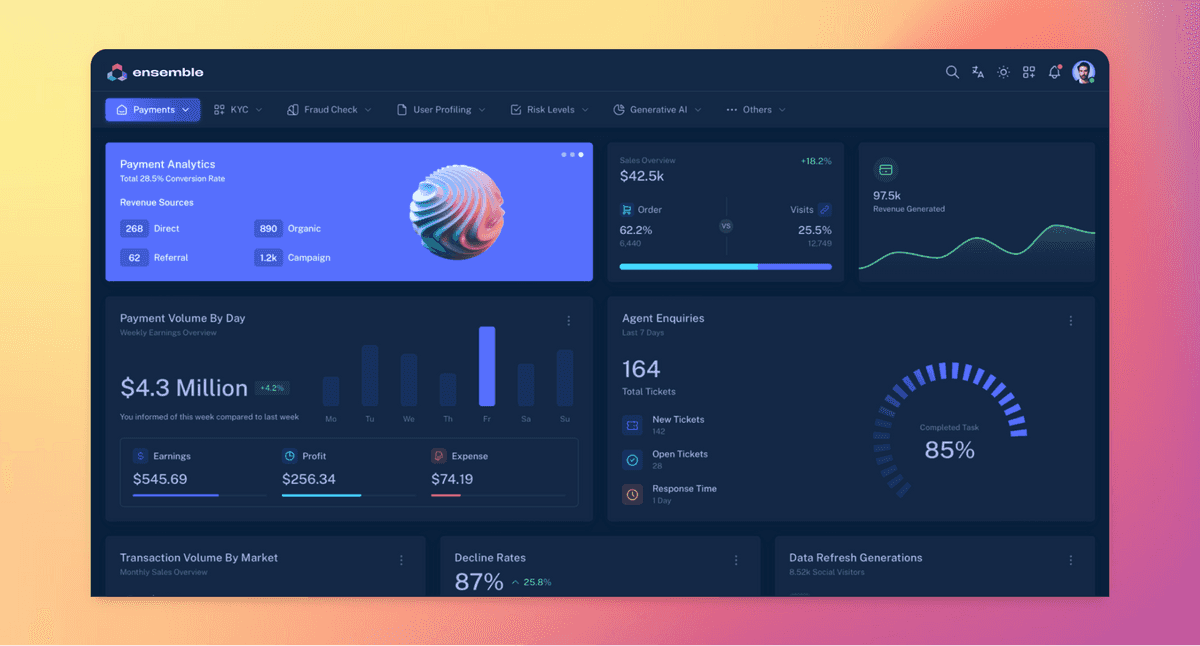
Real-time monitoring and observability allows business to understanding how their systems and equipment are behaving, allowing them to proactively identify issues and optimise performance.
It allows businesses to measure, monitor, and gain insights into the internal state of systems through various metrics, logs, and traces and be alerted at key points in ways which improve the business performance.
Good use of observability enables the following:
Continuous Monitoring and Metric Analysis
Real-time analytics can process and analyze continuous streams of metric data generated by observability tools. This includes metrics related to system performance, resource utilization, and key performance indicators (KPIs). Analytics can identify patterns, anomalies, and trends in real time, allowing for immediate insights into system behavior.
Alerting and Anomaly Detection
Real-time analytics can be applied to observability data to create dynamic alerting systems. By setting up rules and thresholds, organisations can receive real-time alerts when certain metrics deviate from expected values, enabling proactive issue resolution.
Log Analysis and Correlation
Real-time analytics helps analyze log data generated by observability tools, identifying patterns and correlations within log entries. This can be valuable for troubleshooting, root cause analysis, and understanding the context of system events.
Distributed Tracing and Performance Analysis
For distributed and microservices architectures, real-time analytics can process traces generated by observability tools to analyze end-to-end performance. This includes identifying bottlenecks, latency issues, and dependencies in real time.
User Experience Monitoring
Real-time analytics can integrate with observability data related to user interactions and experiences. This allows organisations to track and analyze user behavior in real time, identifying issues that may impact user satisfaction.
Capacity Planning and Resource Optimization
By combining real-time analytics with observability data on resource utilization, organisations can perform dynamic capacity planning. This involves optimizing resource allocation based on current demand and system behavior.
Incident Response and Automation
Real-time analytics can be integrated with observability data to automate incident response processes. When issues are detected, automated responses or remediation actions can be triggered in real time to minimize downtime.
Predictive Analytics for Performance Trends
Real-time analytics can analyze historical observability data to predict future performance trends. This helps organisations proactively address potential issues before they impact system behavior.
Security Analytics
Integrating real-time analytics with observability data related to security events and logs helps organisations detect and respond to security threats promptly. Anomalies in system behavior that may indicate security incidents can be identified in real time.
Service-Level Objective (SLO) Monitoring
Real-time analytics can assist in monitoring service-level objectives by analyzing observability data related to service performance. Immediate insights into whether services are meeting their objectives help organisations maintain a high level of service reliability.
Combining the above, hopefully it is clear how observability helps organisations to respond quickly to changing system conditions, identify and troubleshoot issues promptly, and continuously optimize the performance and reliability of their systems.
Technical Foundations
Unfortunately, traditional tools and approaches to data and analytics do not scale to deliver solutions like this.
There are too many delays in the process, and the systems often used are not performant enough to process high volumes of data with low latency. In addition, traditional business intelligence tools are not rich and flexible enough to meet the business demands.
This technology stack needs to be re-invented for the cloud, with tools and architectural patterns that are built for real-time advanced use cases and predictive analytics:

Introducing Ensemble
We are Ensemble, and we help enterprise organisations build and run sophisticated data, analytics and AI systems that drive growth, increase efficiency, enhance their customer experience and reduce risks.
We have a particular focus on ClickHouse, the fastest open-source database in the market, which we believe is the fastest best data platform for systems like this.
Want to learn more? Visit our home page or download our free report that describes the process for implementing advanced analytics in your business.



